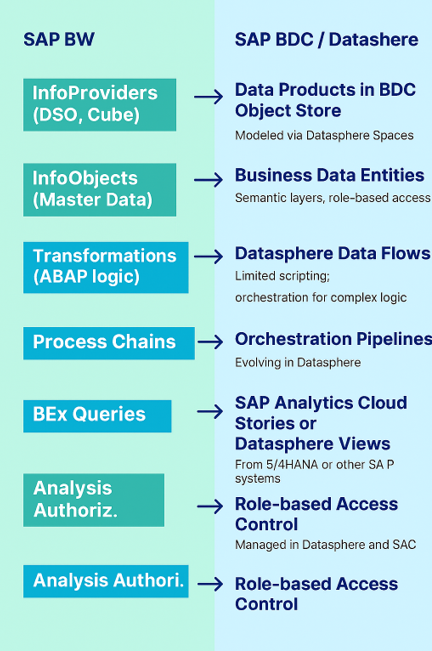Artificial intelligence is rapidly reshaping asset management – shifting businesses from reactive maintenance to predictive strategies that deliver greater efficiency and productivity.

Organisations that rely on complex assets face mounting pressure to keep operations running smoothly, control costs, meet sustainability targets, and manage risk. Traditional maintenance strategies are no longer sufficient.
But it’s important to stress: AI is not about replacing people. Instead, it enhances human capability by embedding intelligence into everyday processes – from planning and scheduling to inspections and field service. The result is more reliable assets, more efficient teams, and greater agility.
From Maintenance to Intelligence
Historically, asset management often followed a fixed schedule or responded to failures after they occurred. This was costly and inefficient, creating unnecessary downtime and resource waste. AI introduces a smarter approach – one where assets are continuously monitored, patterns are detected early, and maintenance is carried out at the right time, not just according to the calendar.
By closing the loop between strategy and execution, AI-enabled asset management turns data into actionable insights. Real-world performance data feeds back into planning, ensuring that strategies evolve in line with asset behaviour and business needs.
Key Capabilities of Intelligent Asset Management
- Closed-loop lifecycle management
AI supports the full lifecycle, from planning and commissioning through to monitoring, maintenance, and eventual decommissioning. Every stage is connected through a unified data thread, ensuring decisions are informed by up-to-date information.
- Predictive analytics and anomaly detection
With sensors and IoT integration, AI can identify unusual equipment behaviour and predict potential failures before they cause disruption. This reduces downtime and prevents costly incidents.
- AI-powered workforce tools
From maintenance planner agents that automate scheduling steps to conversational assistants guiding technicians through job completion, AI increases productivity by handling repetitive tasks and reducing human error.
- Real-time visibility and digital twins
By creating digital representations of assets, organisations gain live insights into performance and condition. This not only supports better decision-making but also helps extend asset life.
AI-enabled Asset Management Benefits in Practice
- Greater availability: Assets stay online longer thanks to predictive maintenance.
- Cost efficiency: Smarter scheduling and resource allocation reduce unnecessary spend.
- Safety improvements: AI-assisted inspections lower risks for employees.
- Workforce productivity: Dispatchers and technicians spend less time on administration and more time adding value.
These outcomes align with the broader goals of digital transformation, helping enterprises remain competitive and resilient.
But achieving these benefits depends not only on data and planning – it also requires strong execution at the operational edge. That’s where field teams come in.
Asset management doesn’t stop in the back office; it extends to the field, where technicians, engineers, and dispatchers keep day-to-day operations running. This is where SAP Field Service Management (FSM) plays a critical role.
By embedding AI into field service operations, organisations can:
- Support dispatchers with automated scheduling and predictive routing.
- Provide technicians with guided workflows, voice or image-based job reporting, and faster access to knowledge bases.
- Improve first-time fix rates and reduce downtime for customers.
At a high level, FSM complements intelligent asset management by ensuring that insights generated in planning and monitoring translate into efficient, effective execution in the field.
Getting Started with AI in Asset Management
Adopting AI doesn’t have to be overwhelming. The most effective strategies focus on:
- Quick wins: Applying AI to existing data sets where the benefits are immediately visible.
- User adoption: Engaging planners, dispatchers, and technicians early to build trust and demonstrate value.
- Pacing the journey: Modular, embedded AI tools allow organisations to move step by step, aligned with business priorities.
AI is reshaping asset management, enabling organisations to achieve higher uptime, reduce costs, and empower their people to work smarter. By closing the loop between strategy and execution, companies can build resilience and unlock long-term value.
Field Service Management is a vital part of this story. In our next blog, we will further explore how AI in FSM is transforming the way field teams operate – from dispatchers gaining efficiency through automation to technicians benefiting from guided, AI-driven support.
At On Device Solutions, we help businesses leverage SAP asset management and FSM capabilities to modernise their operations and prepare for the future. Contact our dedicated team now to learn how we can support your SAP transformation.





